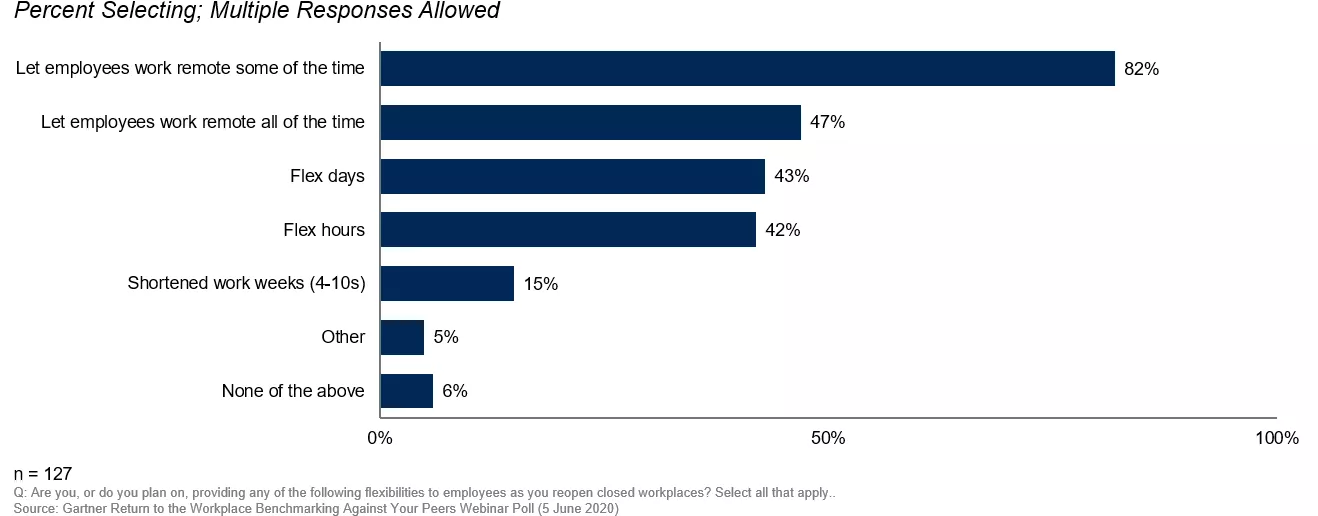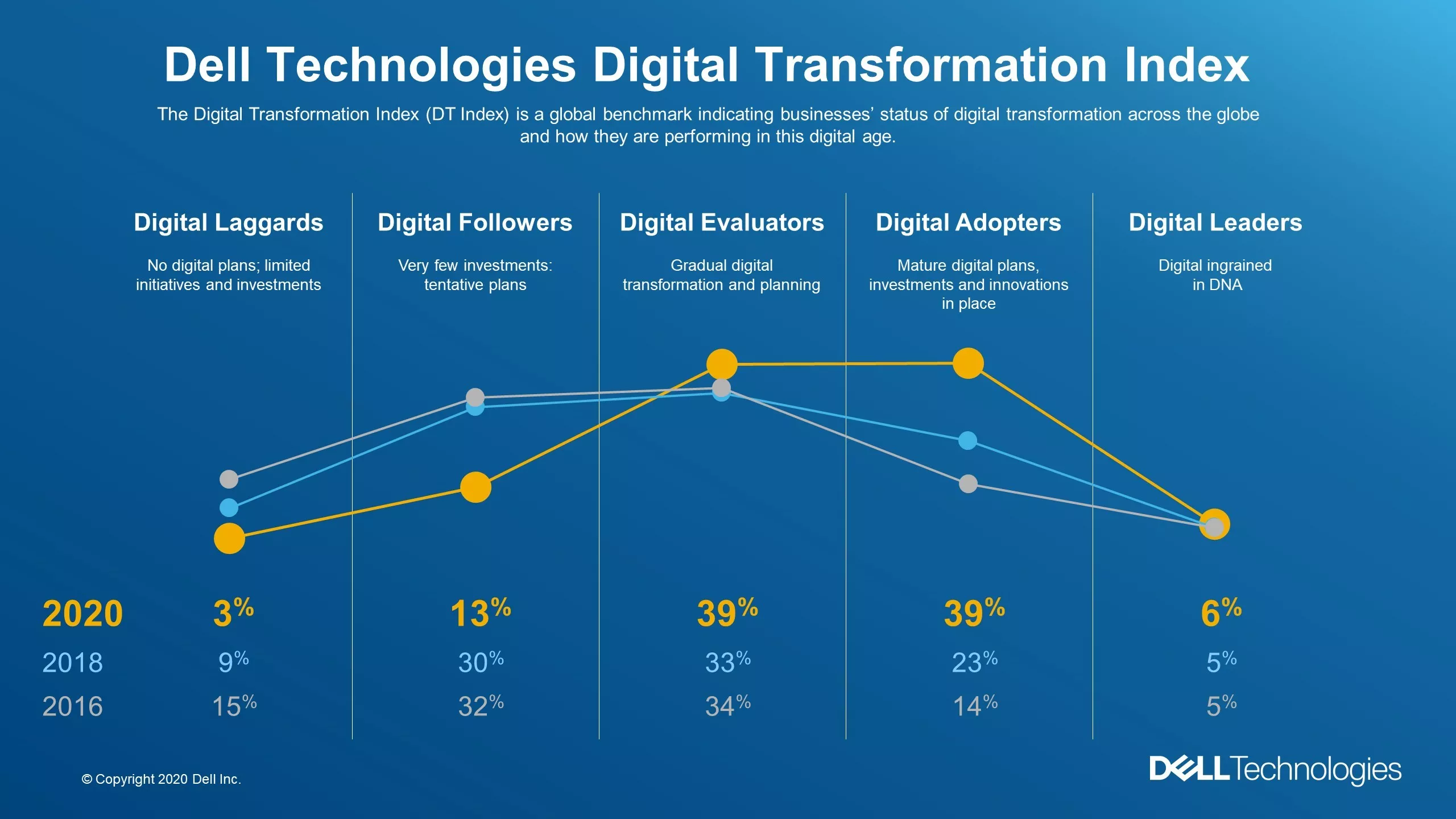Some time ago, the impact of the coronavirus pandemic on business and IT was not entirely apparent. However, today, almost two years later, we know that COVID-19 accelerated processes and trends that were already slowly beginning to take off before the pandemic, and digital transformation has become a competitive issue for most companies. Digital transformation was already gaining momentum before the pandemic, but its adoption by businesses has been accelerated by the situation of the last few years.
As the pandemic has demonstrated, even seemingly impossible things can be accomplished in a short amount of time. The timeframe of many projects has shortened, offline working models have been suddenly digitized, and face-to-face meetings have efficiently moved to the online channel, saving time and cost. The most notable change has been the massive introduction of remote work and the need to modernize traditional IT approaches.
The inevitability of remote work is accelerating digital transformation
In a 2020 survey, Gartner found that 82% of company leaders plan to allow working remote work for at least some time before employees return to the workplace. Nearly half have said they intend to allow employees to work remotely full-time.
The pandemic has indeed disrupted the normal timeline of digital transformation. With an unprecedented number of employees working from home, companies have been forced to deal with all that this entails – virtual meetings, remote access to files and documents, cross-departmental collaboration, adapting and maintaining company culture, as well as other processes. Companies have been forced to adapt and transform their models to meet today’s demands and circumstances.
Remote work has been causing companies to also rethink their IT infrastructure. By 2024, organizations will be forced to prolong their digital transformation plans by at least five years. These plans will have to adapt to a post-COVID-19 pandemic world, which includes increasing the adoption of remote work and digital touchpoints.

Company leader intentions regarding flexible working after COVID-19 (Source: gartner.com)
In digital transformation, stability is replaced by flexibility
As stated earlier, even before the pandemic, many companies were attempting a digital transformation. However, only COVID-19 revealed which companies were serious in their efforts and able to quickly adapt to a completely new environment. Long-term and cost-neutral projects were replaced by more short-term ones with real returns. Change management became a necessity. Only companies that adapted quickly and responded to a changing market at the expense of risk emerged as winners. Agility and flexibility were key to responding to a changing market.
Hyperautomation, AI, and collaboration technologies as prerequisites for digital transformation
The best transformation strategies take full advantage of remote technology as well as emerging technologies such as hyper-automation, AI, and collaboration technologies. Hyperautomation (automation of automation) leverages AI and machine learning and is not just about the tasks and processes that can be automated but also the level of automation. In doing so, it does not aim to completely replace humans. On the contrary, it frees employees from routine and repetitive tasks and channels their skills into value-added, creative, and productive ones.
If your organization does not already have a simple workflow automation solution, we recommend you start looking for one right away. Digital adoption platforms, such as Solvedio, are the catalysts for this huge technological feat.

Source: delltechnologies.com
Solvedio is a comprehensive and dynamic cloud-based enterprise SaaS digitalization platform.
Forms, processes, approaches, charts, or notifications can be configured in Solvedio to create a tool comparable to custom software. This simple online application platform quickly and comprehensively covers users’ requirements by adding tools and features according to their needs. Users can choose one of the pre-made applications or create their own application tailored to their needs and requirements with the assistance of our experts.
To learn more, book a Solvedio demo with our experts.
